Best Earth Images of the Week - Jan. 6, 2012

Scars, Ice and Swirling Clouds
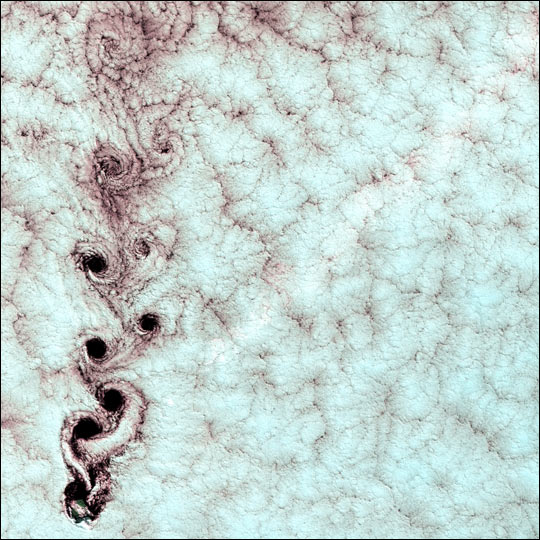
This week view some of our favorite picks ... forest fire scars, ice forming on the Great Lakes and more.
Recovery Sure, but Slow
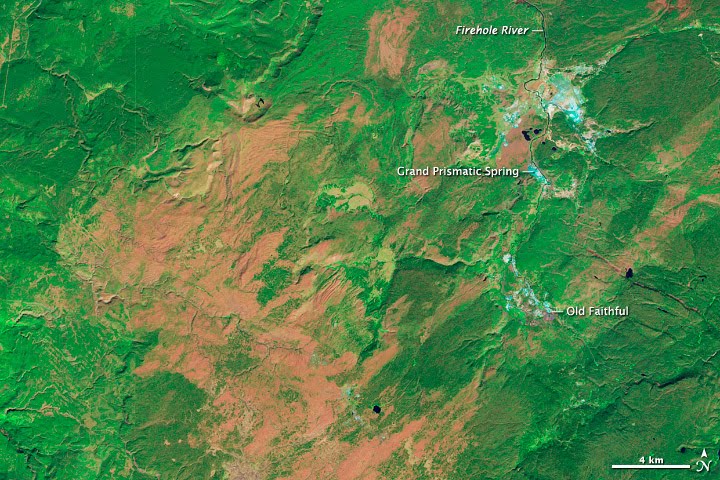
Every hundred years or so fire returns nutrients to the soil and replaces old stands and ground debris with young forest. In 1988 one of those infrequent, severe fires burned 793,000 acres at Yellowstone National Park.
In this image taken in 2011, the scar is faded but still very apparent. [Full Story: How Yellowstone Recovers from Forest Fires.]
Evidence of Low Temps
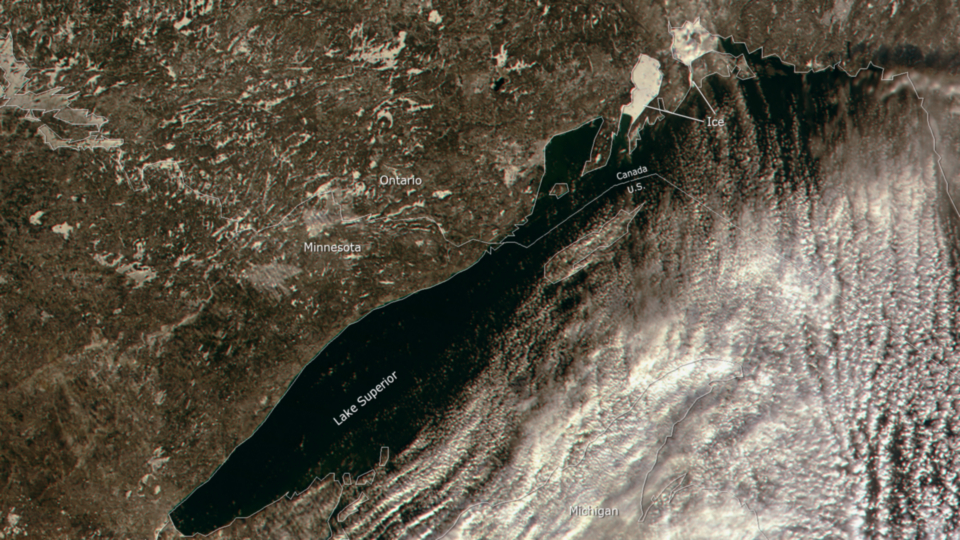
The National Ice Center has begun daily analysis of ice to help ensure safety and aide weather prediction.
On January 2, 2012, ice is already forming in the upper bays of Lake Superior. [Full Story: Winter Brings Ice to Great Lakes]
Spinning, Swirling Clouds

The meteorological phenomenon known as a von Karman vortex creates strange, swirling clouds over the Alexander Selkirk Island. [Full Story: Strange Swirls Spied in the Clouds]
Deep-Sea Discovery
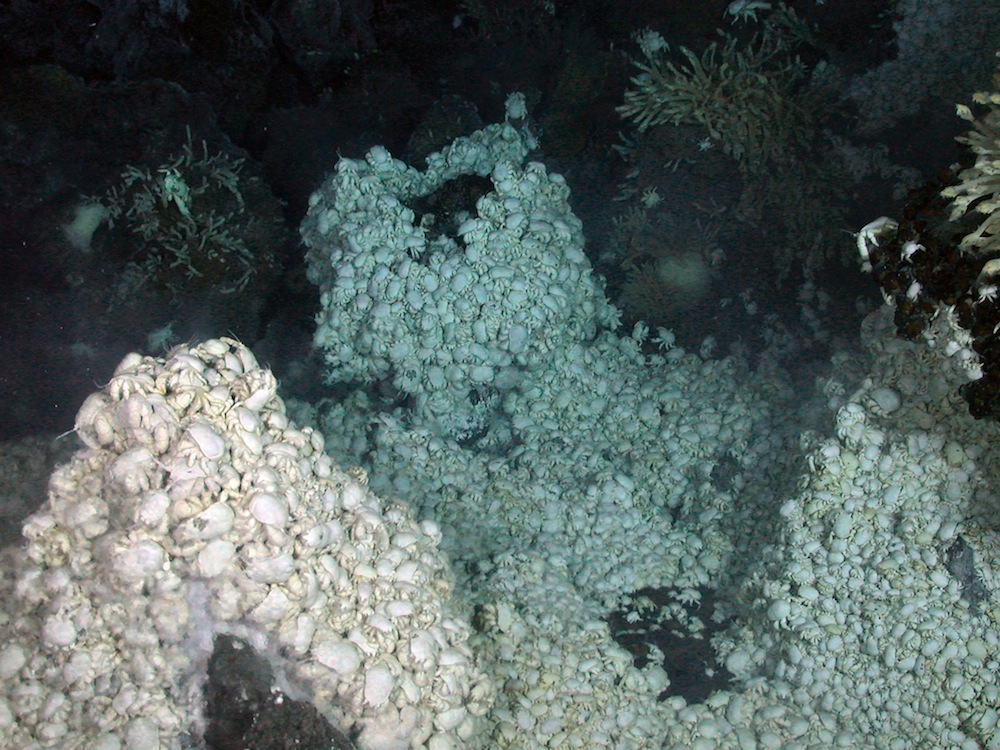
Scientists exploring Antarctic deep-sea vents have discovered new species living around the hydrothermal vents. And even among the unique world of deep-sea vents, discoveries here stand out.
Get the world’s most fascinating discoveries delivered straight to your inbox.
This never-before seen species of yeti crab seems to grow "gardens" of bacteria to provide sustenance. This then makes them targets for predatory sea stars. [Full Story: Yeti Crabs & Ghost Octopus! Unique Life Found at 1st Antarctic Deep-Sea Vents]
Not So Extraterrestrial Mineral
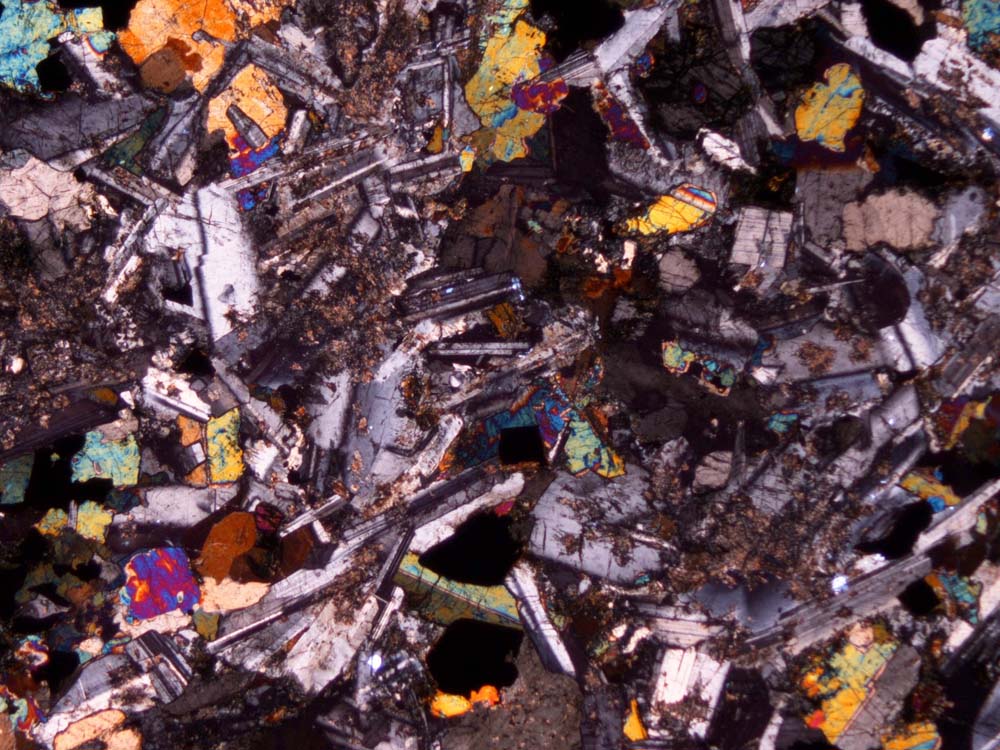
A mineral once found only on the moon, tranquillityite, has been discovered in Australia. This terrestrial version of the mineral was found in billion-year-old rocks in Western Australia.
Research suggests the mineral is widespread, but minor in the area. Researchers think the method of study typically used to examine rocks may explain why tranquillityite has not been found before.
These findings may help scientists understand the relationship between the Earth and the moon. [Full Story: Moon Mineral Found in Ancient Australian Rock]



